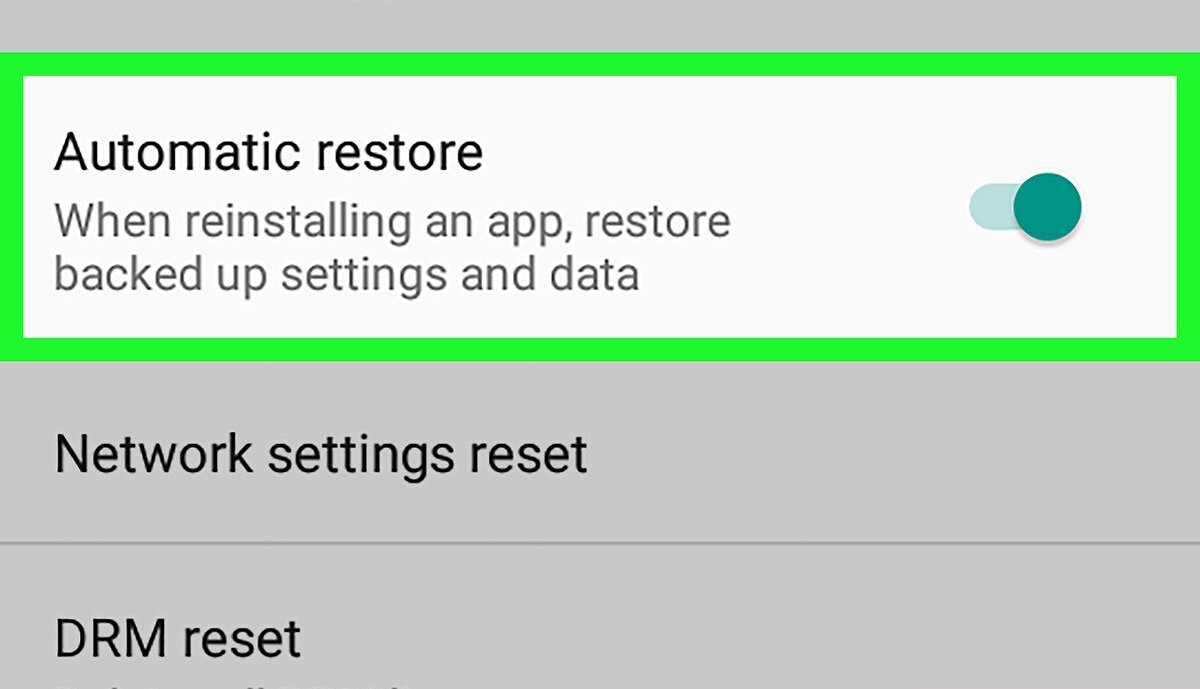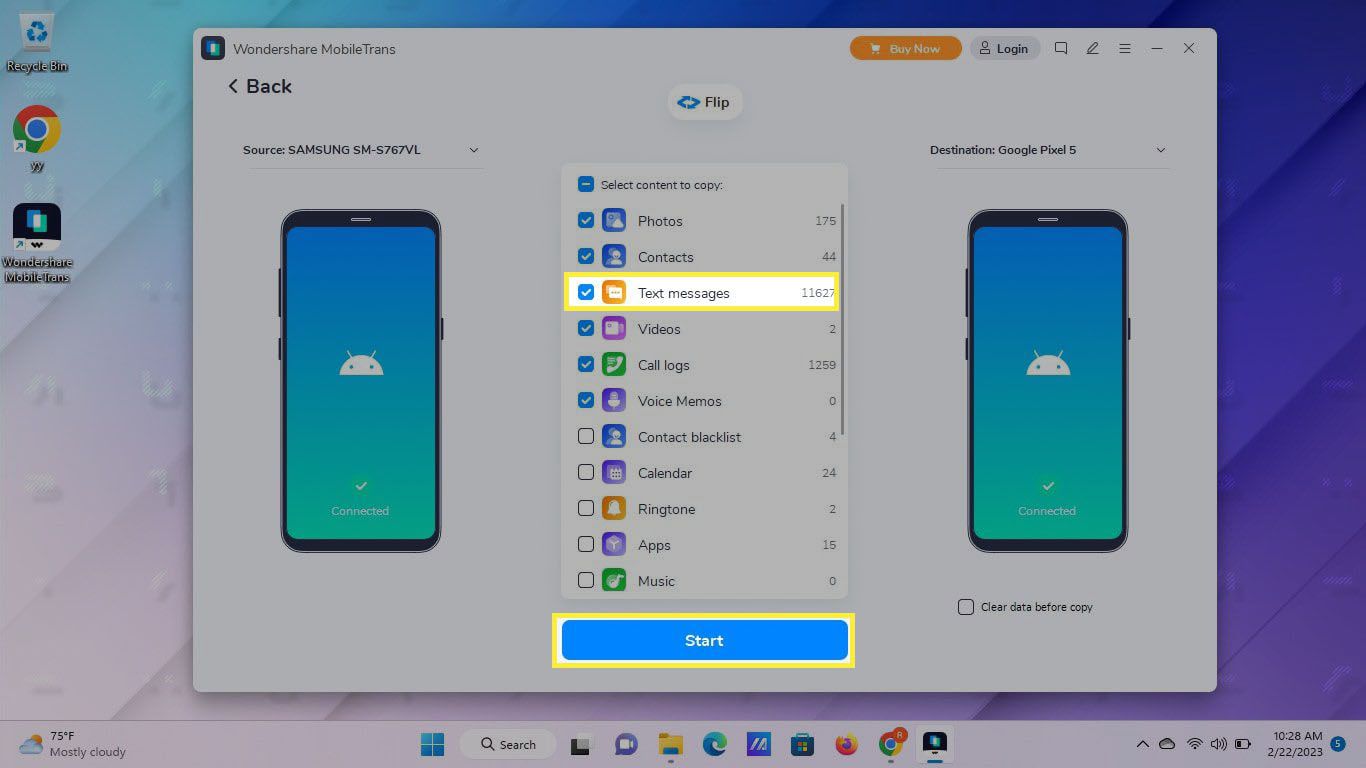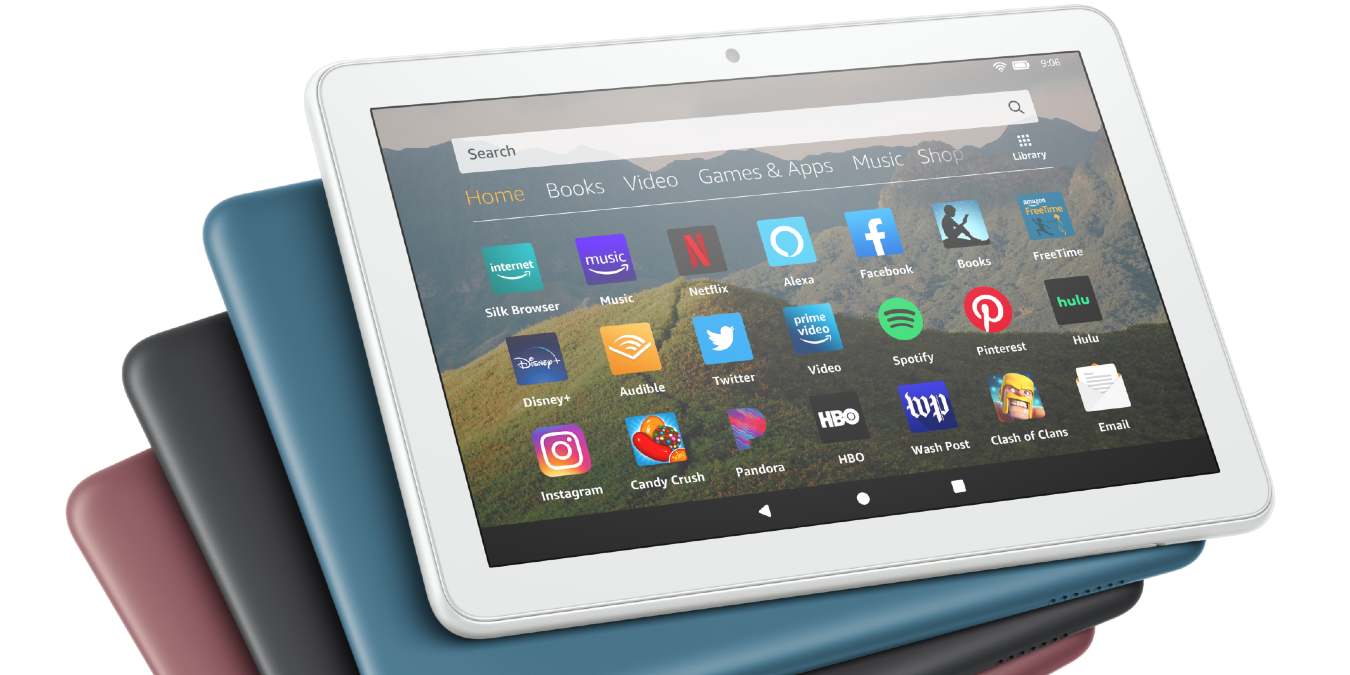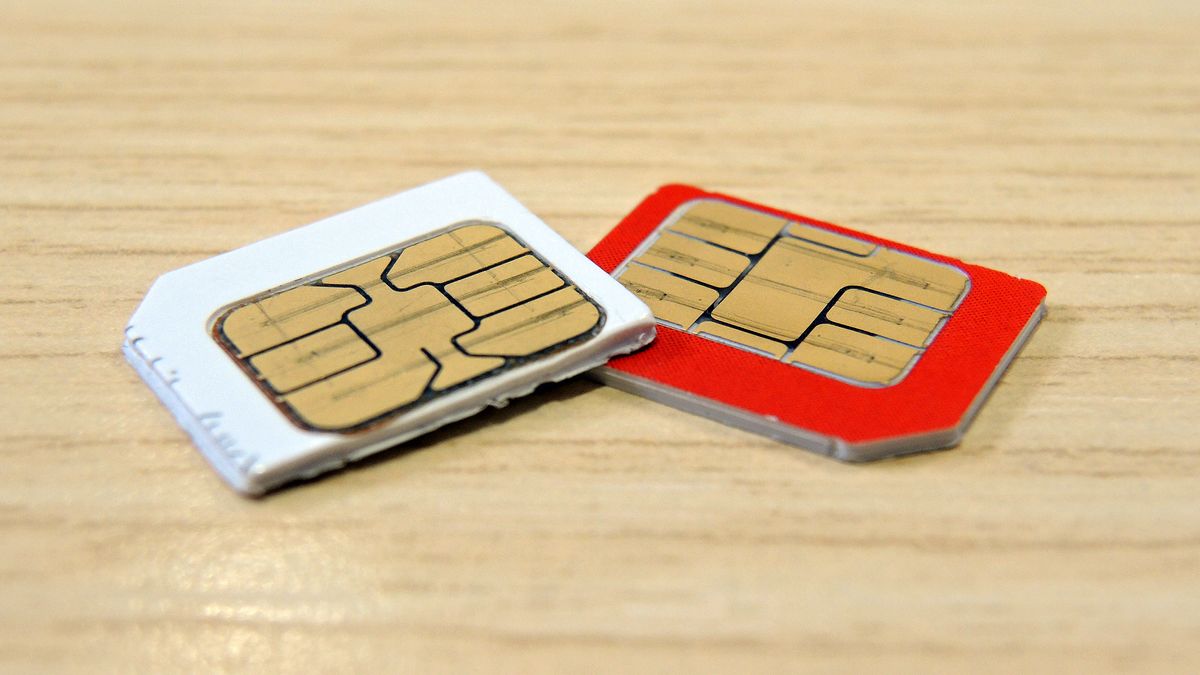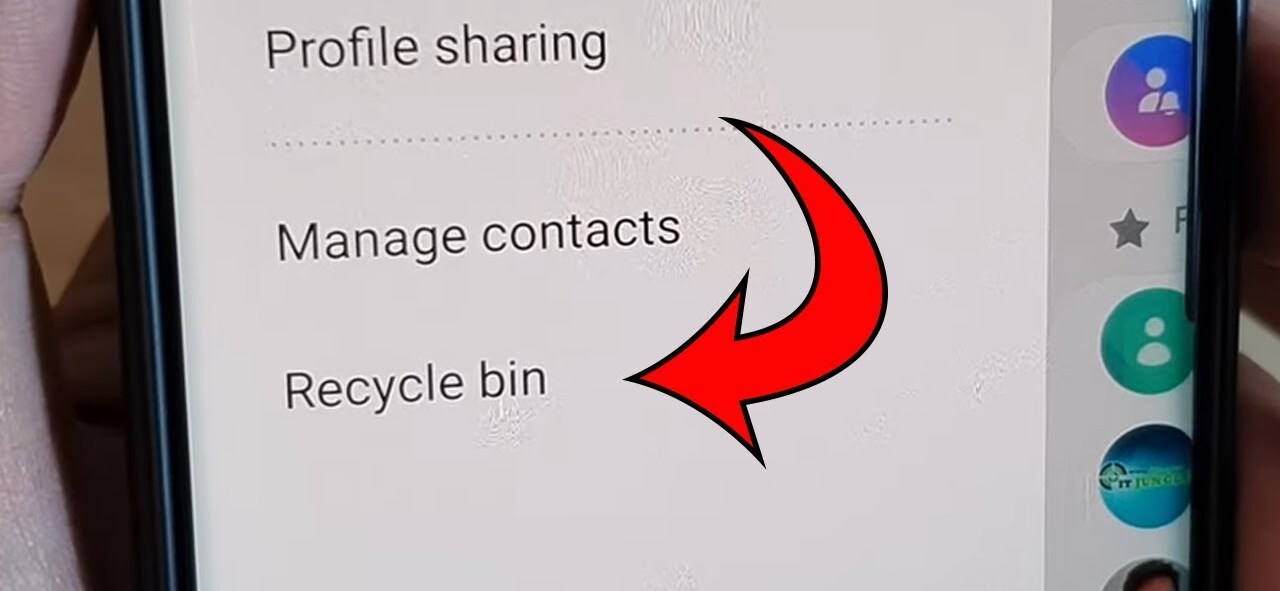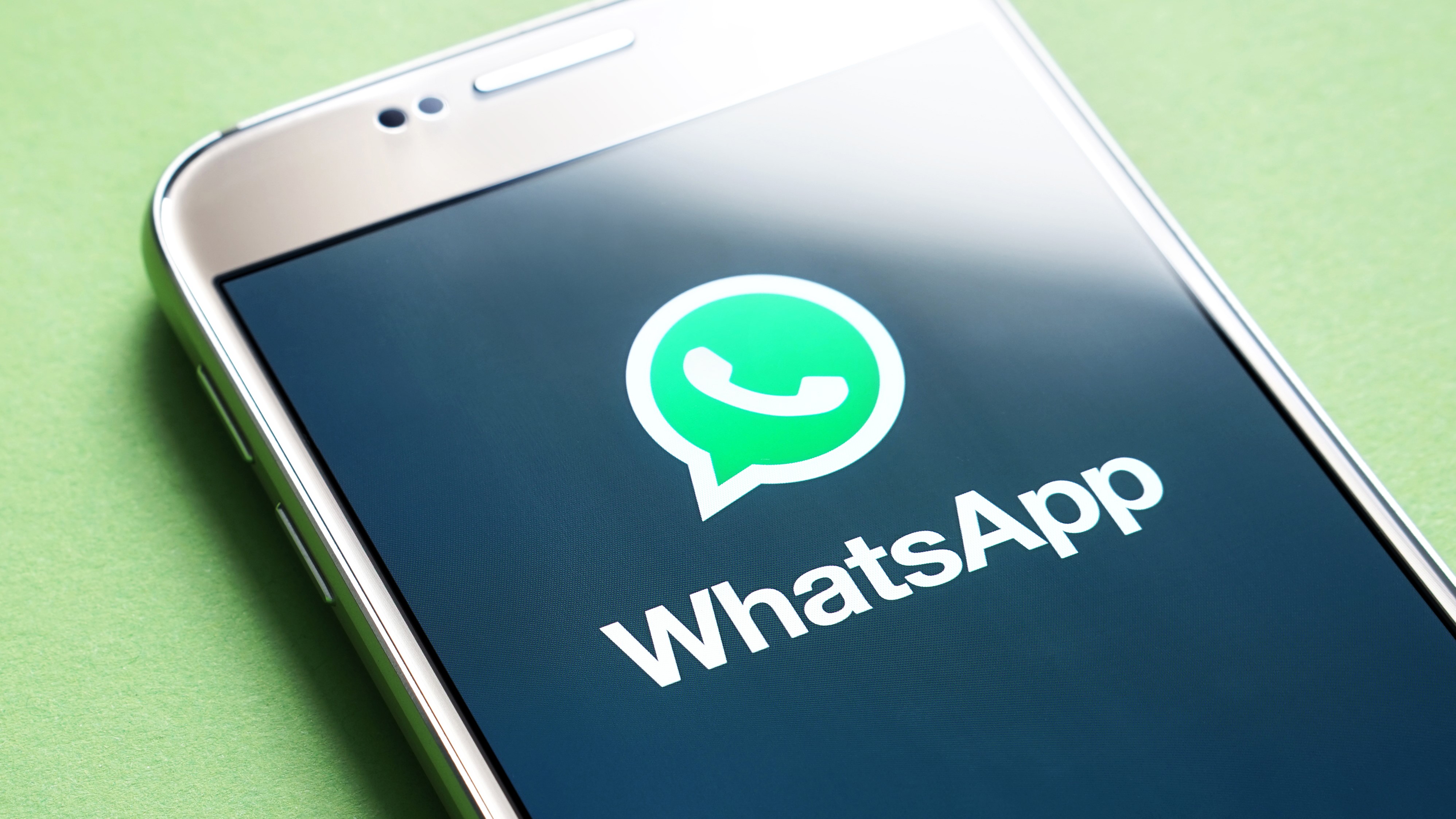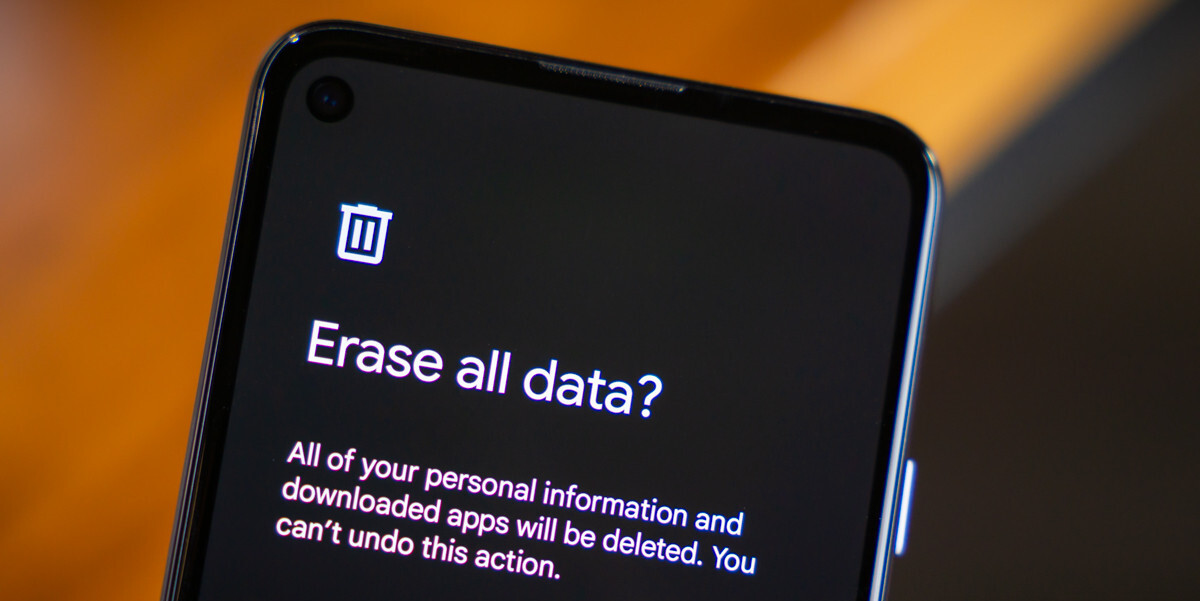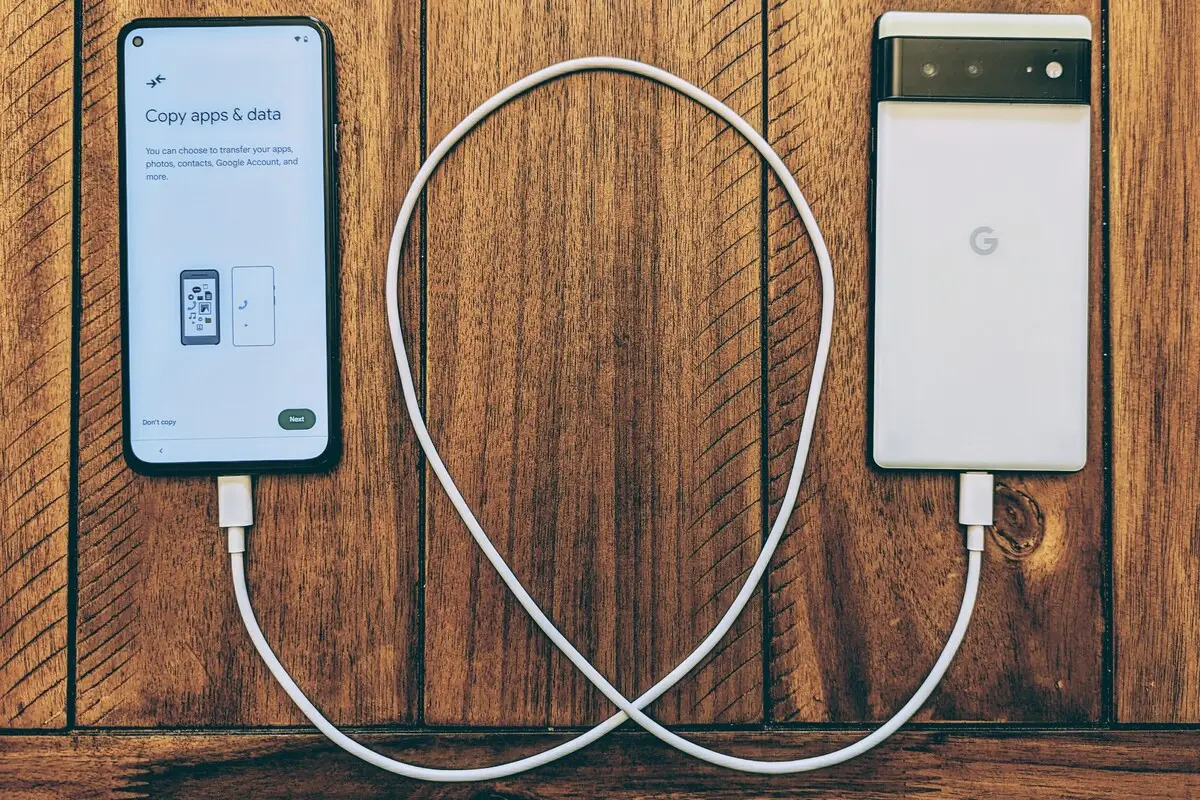Introduction
Restoring an app on your Android device can be a lifesaver when you switch to a new phone, perform a factory reset, or accidentally uninstall an essential app. Thankfully, Android provides several methods to help you easily restore your favorite applications with minimal effort. Whether you want to reinstall the app from the Play Store or restore app data from your Google account, this guide will walk you through the process step by step.
Restoring an app not only brings back its functionality and accessibility, but it also ensures that your personalized settings, preferences, and saved data are retained. This makes the app feel familiar and tailored to your needs, saving you from the hassle of having to reconfigure everything from scratch.
In this article, we will cover various ways to restore apps on Android devices. We will explore the built-in backup options provided by Google, as well as third-party backup tools that can simplify the process. Additionally, we will discuss how to manually restore app data if other methods prove unsuccessful.
While restoring apps might sound complicated, this guide will break it down into simple steps that even novice users can follow. So, whether you’re switching to a new device or simply need to recover a deleted app, read on to learn how to restore apps on Android and ensure a seamless transition.
Prerequisites for App Restoration
Before you proceed with restoring an app on your Android device, there are a few prerequisites that you need to ensure for a successful restoration process. These prerequisites include the following:
- Active Google Account: Make sure that you have an active Google account linked to your Android device. This is crucial as it allows you to utilize Google’s backup and restore services for apps and app data.
- Connected to the Internet: Ensure that your Android device is connected to the internet. This is necessary to access the Google Play Store and download the apps you wish to restore.
- App Support for Backup and Restore: Not all apps support automatic backups or provide the ability to backup and restore app data. Therefore, it is important to check if the specific app you want to restore supports these features.
- Enough Storage Space: Make sure your Android device has enough available storage space to accommodate the apps and their backup data. If your device is running low on space, consider freeing up some storage before proceeding with app restoration.
Ensuring these prerequisites are met will help streamline the app restoration process and ensure a smoother experience. It is important to note that while most Android devices have these prerequisites by default, it is always a good idea to double-check and ensure everything is in place before proceeding with the restoration process.
Now that you have taken care of the prerequisites, let’s move on to the step-by-step process of restoring an app on your Android device.
Step 1: Check Google Play Store for Automatic App Backup
One of the easiest ways to restore an app on your Android device is by checking if the Google Play Store has automatically backed up the app and its data. Google Play Store offers a convenient feature that allows you to restore apps seamlessly. Here’s how to check if your apps are backed up:
- Open the Google Play Store app on your Android device.
- Tap on the three horizontal lines in the top-left corner to open the menu.
- Select “My apps & games” from the menu options.
- Navigate to the “Library” tab.
- Here you will find a list of all the apps associated with your Google account.
- Look for the app you wish to restore. If it has been previously installed and backed up, you will see an “Install” button next to it.
- Tap on the “Install” button to reinstall the app on your device.
By following these steps, you can easily reinstall apps that have been backed up by the Google Play Store. However, it is important to note that not all apps are eligible for automatic backup. Developers have the choice to opt-in or out of this feature for their apps. If the app you wish to restore is not listed in the Library section, you will have to explore alternative methods to restore it.
Now that you have checked the Google Play Store for automatic app backups, let’s move on to the next step: reinstalling the app from the Play Store.
Step 2: Reinstall the App from the Play Store
If the app you want to restore is not listed in the Library section of the Google Play Store or you prefer to reinstall it manually, you can easily do so by following these steps:
- Open the Google Play Store app on your Android device.
- Tap on the search bar at the top and type in the name of the app you want to restore.
- From the search results, select the app you wish to reinstall.
- On the app’s page, tap on the “Install” button to initiate the installation process.
- Wait for the app to download and install on your device. This may take a few moments depending on your internet connection speed and the size of the app.
- Once the installation is complete, tap on the “Open” button to launch the app.
Following these steps will reinstall the app from the Google Play Store. However, it is important to note that reinstalling the app will not automatically restore any of your previous app data or settings. To restore app data, we will explore additional methods in the following steps.
Now that you have successfully reinstalled the app from the Play Store, let’s move on to the next step: restoring app data from your Google account.
Step 3: Restore App Data from Google Account
To restore app data from your Google account, you need to ensure that you have enabled the backup feature for your device. Here’s how you can restore app data using your Google account:
- Open the Settings app on your Android device.
- Scroll down and select “Google” or “Accounts” (depending on your device).
- Tap on your Google account.
- On the next screen, make sure the toggle switch for “Backup” or “Backup and restore” is enabled.
-
Once the backup is enabled, you can restore your app data by following these steps:
- Open the Google Play Store app on your Android device.
- Tap on the three horizontal lines in the top-left corner to open the menu.
- Select “My apps & games” from the menu options.
- Navigate to the “Library” tab.
- Locate the app you want to restore and tap on it.
- Tap on the “Install” button to reinstall the app.
- Once the app is installed, open it and follow any prompts or sign-in instructions to restore your app data.
By following these steps and enabling the backup feature on your device, you can easily restore app data from your Google account. It’s important to note that not all apps support automatic backup and restore functionality. In such cases, you may need to explore alternative methods or use third-party backup tools.
Now that you have learned how to restore app data from your Google account, let’s move on to the next step: using a third-party backup tool.
Step 4: Use a Third-Party Backup Tool
If you are unable to restore app data using the built-in Google backup options or the app you want to restore doesn’t support these features, you can turn to third-party backup tools. These tools offer more flexibility and control over the backup and restoration process. Here’s how you can use a third-party backup tool to restore your apps:
- Research and choose a reliable third-party backup tool that is compatible with your Android device. Some popular options include Helium, Titanium Backup, and App Backup & Restore.
- Download and install the third-party backup tool from the Google Play Store.
- Launch the backup tool and follow the on-screen instructions to grant necessary permissions and set up the backup process.
- Once the backup tool is set up, you can proceed with backing up your desired apps and their data to an external location, such as an SD card or cloud storage.
- After the backup process is complete, you may need to perform a factory reset or switch to a new device.
-
To restore the apps using the third-party backup tool, follow these steps:
- Open the backup tool on your Android device.
- Locate the backup file that contains the apps you want to restore.
- Select the apps you want to restore and tap on the “Restore” or “Install” button.
- Wait for the restoration process to complete. The time may vary depending on the size and number of apps being restored.
- Once the restoration is finished, you can launch the apps and verify if your app data has been successfully restored.
Using a third-party backup tool provides an alternative method for restoring apps on your Android device. These tools offer more control and customization options, allowing you to back up and restore specific apps and their data as needed.
Now that you have learned how to use a third-party backup tool to restore your apps, let’s move on to the final step: manually restoring app data.
Step 5: How to Restore App Data Manually
In some cases, if automatic backups are not available and third-party backup tools don’t provide the desired results, you may need to resort to manually restoring app data. Although this method requires more effort and may not be applicable to all apps, it can still be a viable option. Here’s how you can manually restore app data:
- Open the Settings app on your Android device.
- Scroll down and select “Apps” or “Applications” (the exact name may vary based on your device).
- Locate and select the app for which you want to restore the data.
- Tap on “Storage” or “Storage & cache.”
- Look for an option like “Clear data” or “Clear storage” and tap on it. Keep in mind that this will delete all app data, including your settings and preferences.
- Once the app data is cleared, go back to the app and set it up again from scratch, following the on-screen instructions.
It’s important to note that this method will only restore the app to its default state, and you will lose any personalized settings or data associated with the app. However, in some cases, the app may have built-in synchronization features or cloud backups that can help you retrieve your data once you log in or connect to your account again.
While manual app data restoration can be time-consuming and may not provide the exact same experience as before, it can still serve as a last resort when other methods fail or are not available.
With this final step, you have explored various methods to restore apps on your Android device. Whether it’s using automatic backups from the Google Play Store, leveraging third-party backup tools, or the manual restoration of app data, you now have the necessary knowledge to bring back your favorite apps with ease.
Conclusion
Restoring an app on your Android device is a straightforward process when you have the right methods and tools at hand. By utilizing the automatic backup feature in the Google Play Store, you can easily reinstall apps that have been previously backed up. Additionally, you can restore app data from your Google account, ensuring a seamless transition with personalized settings intact.
In cases where automatic backups are not available or you need more control over the restoration process, third-party backup tools can offer a viable solution. These tools allow you to back up and restore specific apps and their data, providing flexibility and customization options.
However, if none of the above methods are applicable or yield the desired results, you can resort to manually restoring app data. While this method may require more effort and could result in some data loss, it can serve as a last resort when other options are not available.
Remember to check the prerequisites for app restoration, including an active Google account, internet connectivity, app support for backup and restore, and sufficient storage space on your Android device. These prerequisites will help ensure a smooth restoration process.
With the information and steps provided in this guide, you now have the knowledge to restore apps on your Android device effortlessly. Whether you’re switching to a new phone or recovering a deleted app, you can now navigate the restoration process with confidence and ease.
So, go ahead and restore your favorite apps, regain access to your personalized settings and data, and enjoy a seamless experience on your Android device.







